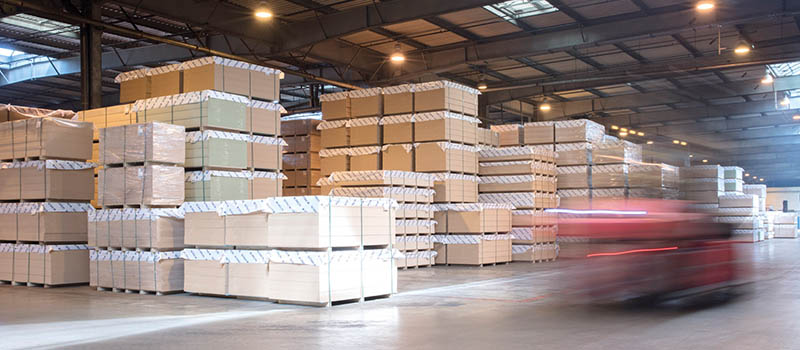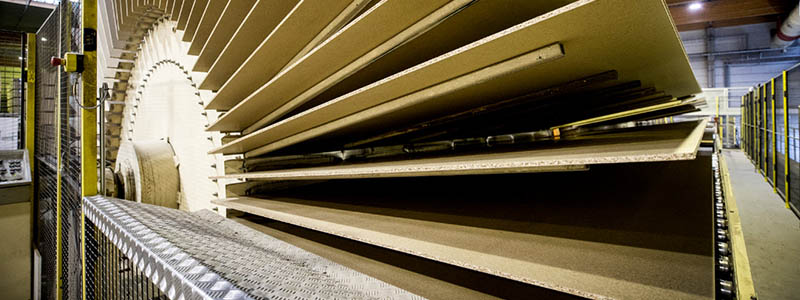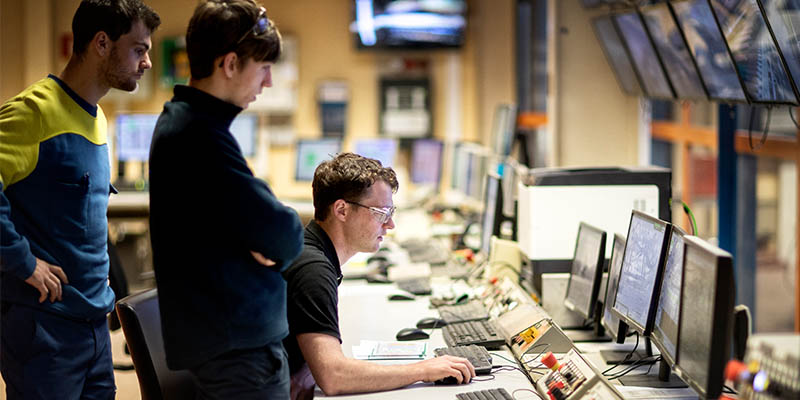Why should you recycle MDF?
The wood processing industry is increasingly using recycled wood. As do we. These days, our chipboard already consists of 95% recycled wood. But the amount of recycled wood isn't infinite. That’s why it’s important to think ahead. By recycling MDF and HDF, we tap into a completely new raw material. An important step for the circular economy.
For a long time, it was impossible to recycle the millions of HDF and MDF boards produced annually on an industrial scale. They were always incinerated at the end of their life. Until now. Unilin Panels has developed a unique technology to recover MDF and HDF fibres and reuse them for new boards. What does this mean in real terms? A large quantity of unused raw materials is released that can be reused. And the ultimate advantage: CO2 remains captured for longer. So it also benefits the planet!
By 2030, we aim to replace 25% of our MDF wood mix with recycled fibres. This equates to 380,000 tonnes of CO2 per year, which is additionally retained.
Here are 3 things you need to know about MDF recycling:
1) This innovative technology is based on... a pressure cooker
What is the problem with recycling MDF and HDF? The wood fibres. They are glued together and therefore not reusable. At least, that's what everyone thought. It is best to compare the process of recycling MDF to the operation of a pressure cooker. First we moisten the MDF boards with steam. The boards are then heated and placed under very high pressure. Finally, the pressure is reduced, which releases the fibres. It took a lot of effort to make this simple concept achievable on an industrial scale. An amazing feat by the R&D team!
Fun fact: it was Veronique Hoflack (President of Unilin Panels) who came up with the idea of MDF recycling technology. She first tested her theory herself at home in her kitchen. When those first results turned out to be promising, she switched up a gear. Together with the R&D team, she completely finalised, tested and industrialised the process. Amazing!
With the new technology, we have succeeded in reusing the wood fibres for the production of high-quality panels and thereby doubling their lifecycle.
2) You’re retaining CO2 for twice as long - and that’s good for the environment
Wood stores CO2 and retains it throughout its lifetime. By recycling MDF, the wood fibres are brought back into circulation and the CO2 stored in the wood is retained for longer. To put it another way: you give wood fibres a new material application and keep them in the production chain for longer. With this world first, we will keep an additional 380,000 tonnes of CO2 stored each year.
3) MDF recycling is only the beginning
Recycling MDF fits in perfectly with Unilin’s sustainable raw materials strategy. Ideally, we choose to reuse wood and to extend the life of wood as much as possible. This innovation is an important part of our ambitious objectives. That is why we are planning another 160 million euros investment in research and development over the next couple of years.











